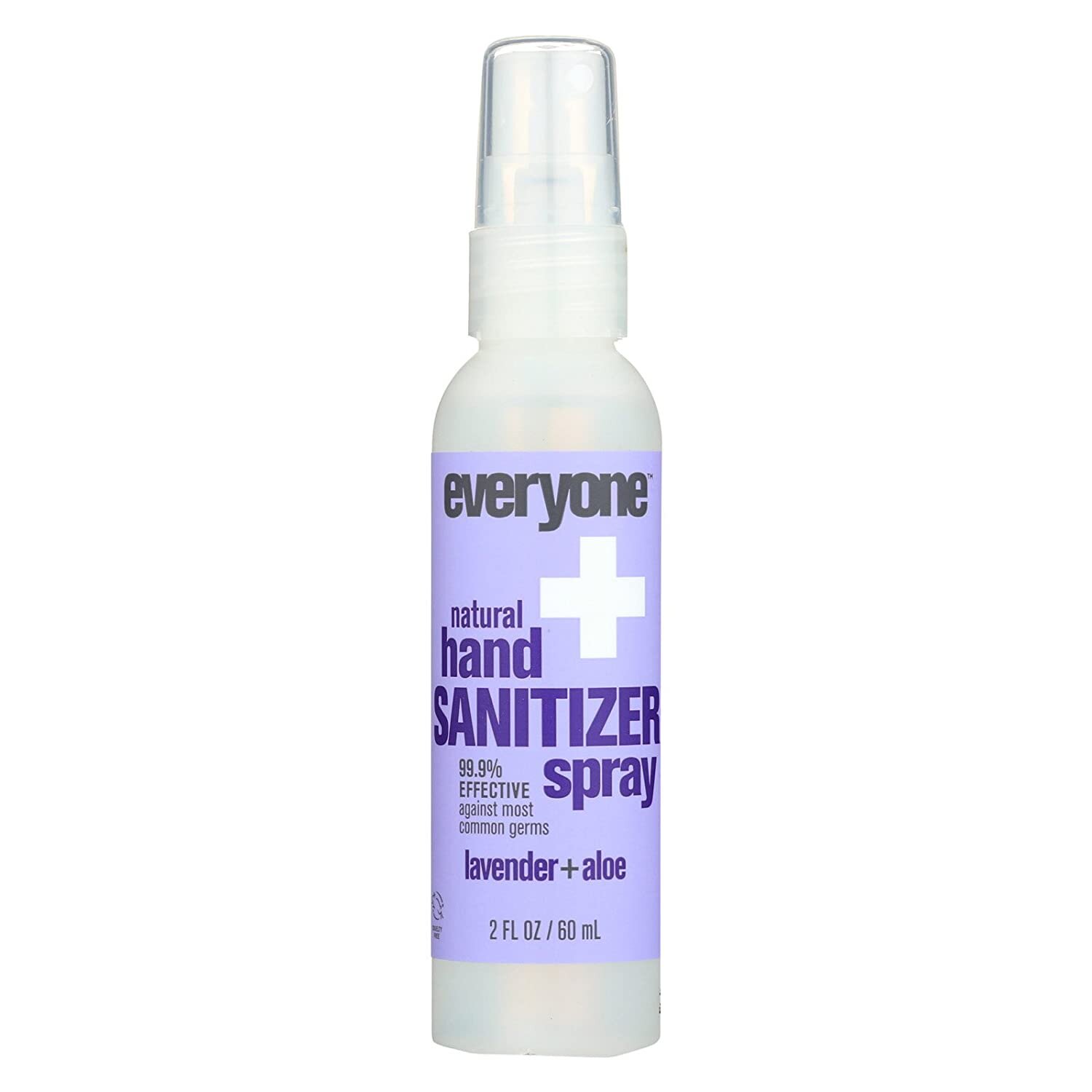How to Choose a Non-Toxic Hand Sanitizer
Hand sanitizer has become a necessity for everyone in the post-COVID world. You can buy it just about anywhere, but you might not be aware that some are safer than others, and some work better than others.
While washing with soap water is always a superior option, there are occasions that you simply can’t use soap and water, and you need a safe hand sanitizer within reach.
FDA Warns Of Dangerous Hand Sanitizers
You may have heard reports of dangerous chemicals being found in hand sanitizers. In June and July of 2020, the FDA issued warnings about hand sanitizers that contained methanol or were contaminated with methanol. There were reports of blindness, hospitalizations, and death attributed to methanol exposure from hand sanitizers. To see if your hand sanitizer is on the FDA’s do not use list, click here.
In addition to methanol, there are other things to be aware of when shopping for hand sanitizer.
Choose An Alcohol-Based Hand Sanitizer
First check the active ingredient section. Antibacterial agents are listed in this portion of the product’s label and are responsible for killing germs on contact.
Alcohol is the preferred antibacterial agent in hand sanitizers. The CDC recommends using an alcohol based hand sanitizer with at least 60% alcohol when water is not available. [1][2][3]
You want to avoid the following antibacterial agents that may have adverse health effects:
The FDA has ruled triclosan and triclocarban as NOT generally recognized as safe for use in hand sanitizer. The FDA has deferred ruling on benzethonium chloride (BEC), and chloroxylenol.
Benzalkonium chloride (BAK) is still allowed in personal care products. Unfortunately, a study on BAK, BEC, and chloroxylenol indicates BAK is not safer than triclosan or triclocarban. Animal studies show all three induce neurotoxicity. Additional studies have shown that they may “exaggerate disease development of inflammatory bowel disease and associated colon cancer in mice.” [3][4][5][6]
If you have older products containing triclosan, triclocarban, BEC, BAK, or chloroxylenol, its best to throw them out.
Inactive Ingredients To Avoid
In addition to active ingredients, the ingredient label lists inactive ingredients that deserve equal attention.
Look for a clear liquid and no artificial dyes to ensure there are no petroleum-derived colorants. [6][7][8]
Check for fragrance, parfum or aroma on the label. You’ll want to avoid these because there are undisclosed ingredients in fragrance like phthalates. Essential oils which are safe can be used instead of synthetic fragrance.
Best Non-Toxic Hand Sanitizers
My favorite hand sanitizers are EO products, Dr. Bronner’s and Everyone. They do not smell like alcohol and do not dry out your skin. All contain ingredients that make them gentler on skin like aloe, glycerin, and jojoba among others. Instead of fragrance, they contain essential oils. I find spray bottles are the most convenient because they do not slide off quickly like gels can.
Why You Should Avoid Ingredients Commonly Found in Hand Sanitizer
Fragrance – associated with allergies, dermatitis, respiratory distress and potential effects on the reproductive system. Fragrances have been found to contain unnamed toxic ingredients like phthalates which are associated with developmental and reproductive toxicity, endocrine disruption, and cancer. [9][10][11][12]
Phthalates - cause endocrine disruption, developmental and reproductive toxicity, and cancer. Studies link phthalate exposure to reduced testosterone and sperm quality in men and birth defects in baby boys. [13][14][15][16][17][18]
Triethanolamine - irritating to eyes, skin, respiratory tract and can be contaminated with nitrosamines, which are carcinogenic. Allowed only in rinse off formulas in Canadian cosmetics. [19][20]
Dmdm hydantoin - formaldehyde-releasing preservative, immune toxicant, irritating to the eye/skin/lungs, with limited cancer evidence. Formaldehyde is a carcinogen and immune/respiratory/skin toxicant that is restricted in cosmetics in Canada but not in the US.
References & Resources
[1] https://www.cdc.gov/handwashing/show-me-the-science-hand-sanitizer.html
[2] https://www.epa.gov/sites/production/files/2013-08/documents/fact_sheet_hand_washing.pdf
[3] https://www.ncbi.nlm.nih.gov/pmc/articles/PMC7229736/
[4] https://pubmed.ncbi.nlm.nih.gov/29348075/
[5] https://academic.oup.com/toxsci/article/163/2/490/4921230
[6] https://www.ncbi.nlm.nih.gov/pubmed/29514330
[7] https://www.ncbi.nlm.nih.gov/pmc/articles/PMC5497826/
[8] https://www.bcpp.org/resource/polycyclic-aromatic-hydrocarbons/
[9] https://www.fda.gov/cosmetics/cosmetic-ingredients/allergens-cosmetics
[10] https://ec.europa.eu/health/scientific_committees/opinions_layman/perfume-allergies/en/index.htm
[11] https://www.ncbi.nlm.nih.gov/pmc/articles/PMC5093181/
[12] https://www.ncbi.nlm.nih.gov/pubmed/14572300
[13] https://oehha.ca.gov/media/downloads/proposition-65//p65list091319.pdf
[14] https://www.ncbi.nlm.nih.gov/pmc/articles/PMC4097177/
[15] https://www.ncbi.nlm.nih.gov/pubmed/14572300
[16] https://pubmed.ncbi.nlm.nih.gov/27714658/
[17] https://www.cdc.gov/biomonitoring/Phthalates_FactSheet.html
[18]https://www.epa.gov/assessing-and-managing-chemicals-under-tsca/risk-management-phthalates#:~:text=Phthalates%20are%20used%20in%20many%20industrial%20and%20consumer,the%20most%20sensitive%20health%20outcomes%20from%20phthalate%20exposure.
[19] https://pubmed.ncbi.nlm.nih.gov/8956558/
[20] https://www.canada.ca/en/health-canada/services/consumer-product-safety/cosmetics/labelling/safety-ingredients.html#a4.3











